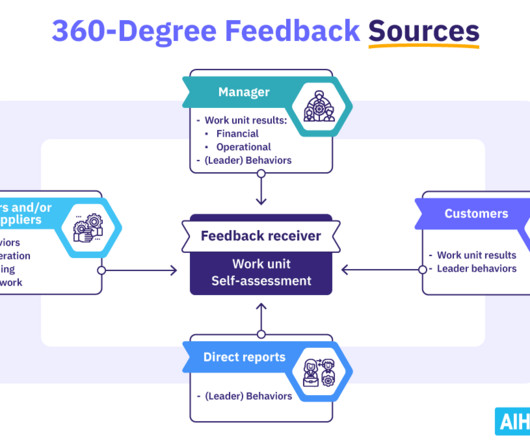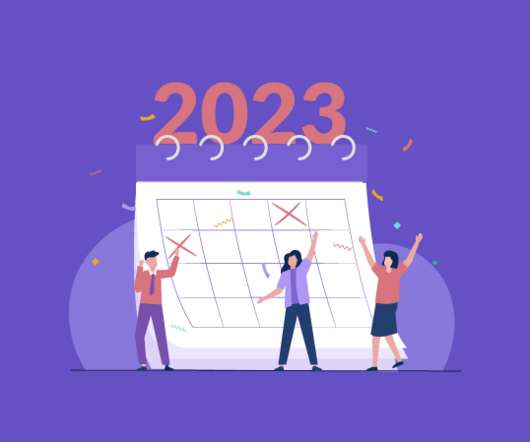Everything You Need to Know About Safety Reward Programs for Employees
Vantage Circle
MARCH 18, 2025
A study found that companies with a safety incentive program experienced a 44.16% reduction in the mean lost-time workday injury rate between 1999 and 2001. Safety incentive programs can help boost a sense of ownership and accountability, encouraging employees to be more proactive about identifying hazards and preventing hazards.




















Let's personalize your content